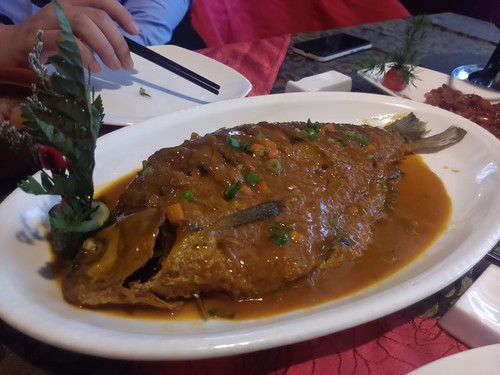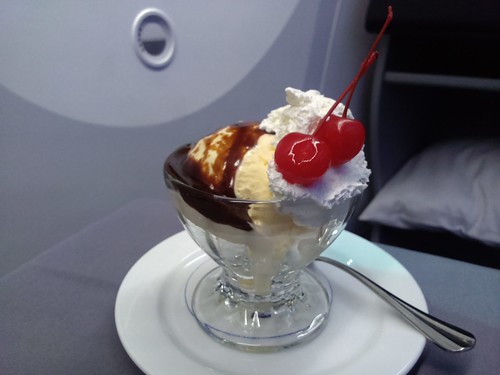Carlingford in County Louth is a beautiful atmospheric town that still retains it's medieval character. Carlingford was founded at the beginning of the thirteenth century by Hugh de Lacy (the younger son of the Hugh de Lacy who constructed Trim Castle). He began by constructing a strong castle on an outcrop of rock that overlooked the Lough, and soon afterwards a settlement began to flourish in the shadow of the fortress. The name Carlingford has a number of possible origins, many of which appear to have a blend of the Gaelic Irish
Cairlainn meaning bay of the hag, and the Norse Viking
Fjord. Carlingford would have been an ideal location for a Viking Longphort or Overwinter Camp, but no evidence has been discovered so far to conclusively prove a Viking settlement.
The town flourished during the fourteenth, fifteenth and sixteenth centuries, and many of the beautiful buildings listed here date to that period. The town entered a steep decline however throughout the seventeenth century, a turbulent time in Irish history of war, famine and plague. The town was overshadowed by the near neighbours Dundalk and Newry which quickly developed into bustling urban centres, while Carlingford stagnated. However this decline served to protect the historic structures of Carlingford, as there was little development here in comparison to Dundalk, ensuring that today it is a wonderfully atmospheric place to visit. Here are some of the main features of the town (in no particular order).
King John's Castle
The castle at Carlingford was established by De Lacy in around 1200 AD. It was named after King John who took the Castle in 1210. The castle is essentially a D shaped enclosure with a large curtain wall and projecting towers. It appears to have undergone regular alterations throughout the later medieval period, but by the later part of the sixteenth century it appears that the castle had already become derelict as it was described as being '
in a wretched condition'. The Office of Public Works began conservation works on the castle in the 1950's, and it is currently undergoing more conservation works so there is no access to the castle for the moment.
The Tholsel and Town Wall
The 'Tholsel' is the only surviving medieval gateway into Carlingford, and probably dates from the fifteenth century. Originally this would have been a three storey structure, but it has been modified in the nineteenth century and is now two storey with a modern slate roof. This gateway would have given access to the main street at the Eastern end of the town, with a levy being paid at the gateway before any goods could enter the town. There is very little of the medieval town walls left today, you can find a short section just south east of the Tholsel, and the other is at Back Lane at the north-west end of Carlingford.
Holy Trinity Church
The church of the Holy Trinity is an early nineteenth century Church of Ireland place of worship that has many clues of medieval structures that may have originally been on the site. The pointed doorway on the south wall appears to be from the seventeenth century or perhaps slightly earlier, and the church is attached to a tall three storey crenellated tower that may originally date back to the fifteenth or sixteenth century. The eighteenth and nineteenth century renovations makes the origins of this site a little unclear, but it is still well worth dropping in as the Church was leased to the Carlingford Lough Heritage Trust and is now a visitor centre.
Carlingford Priory
The remains of this Dominican Friary date back to the early fourteenth century. The Dominicans were invited to establish a foundation in Carlingford by the powerful Richard de Burgo. The Friary followed the usual convention of a Dominican establishment, with a cloister, a church, dormitories, a refectory and kitchen and a small mill that would have operated on the stream that runs alongside the site. Today you can still see the nave and chancel church with a fine tower.
The Friary reflects the turbulent times during the late fourteenth and early fifteenth century, when raids on such monastic sites were common. The buildings were fortified and battlements were added to make the site more defensive, including a machicolation above the entrance.
The site was dissolved during Henry VIII's reign in 1540, but Dominicans returned to the site in the late seventeenth century.
You can access the interior of the site and explore the nave and chancel church, and the partial remains of the residence block.
The Mint
The Mint is located on the main street a short walk from the Tholsel Gate. It is a fortified townhouse that dates to the fifteenth – sixteenth century.
The name 'The Mint' presumably derives from a 1467 charter that granted Carlingford permission to strike its own coins, however it is more likely that this structure is simply the well built and defended townhouse of one of Carlingford's prosperous merchants during the late fifteenth or early sixteenth century.
One of the great features of this building is the beautfully decorated limestone windows. Each one bears a different design, and perhaps shows a harkening back to pre-Norman Romanesque design that may have been fashionable at this time.
Unfortunately it appears that you cannot access the interior of The Mint.
Taffe's Castle
Taffe's Castle is another good example of a fortified medieval Irish townhouse. As it is positioned close to the harbour front it was probably the home of a wealthy merchant, and is likely to have also served as a well protected warehouse for their goods. The usual layout of a fortified townhouse from this period is to have all the public business conducted on the bottom and lower floors, and the upper floors as the residence. The name is likely to derive from the powerful Taafe Family, who became Earls of Carlingford in the middle of the seventeenth century.
Unfortunately it appears that there is no way to access the interior of Taffe's Castle.
________________________________
This is just a very brief overview of a wonderful historic town. Carlingford is certainly worth a trip to enjoy the atmospheric medieval streets and beautiful scenery. Nearby you can visit a number of sensational heritage sites, particularly the fantastic
Castleroache.
I hope you enjoy this blog, we're trying to cover as many sites as we can across Ireland. If anyone has any suggestions about sites you'd like us to cover please do leave us a comment. If you enjoy information and images of Irish heritage sites then do follow us on
Facebook,
Twitter and
Google+ If you'd like to support us then please consider downloading an
audioguide to one of Ireland's wonderful heritage sites. They are packed with original music and sound effects and are a great way of experiencing the story of Ireland. They only cost €1.99 and are fun whether you are at the site or listening from the comfort of your own home. Our latest guide is to
Viking and Medieval Dublin, visit us at
www.abartaaudioguides.com for free previews and to download your free audioguide to the
Rock of DunamaseAll photographs © Neil Jackman / abartaaudioguides.com

























